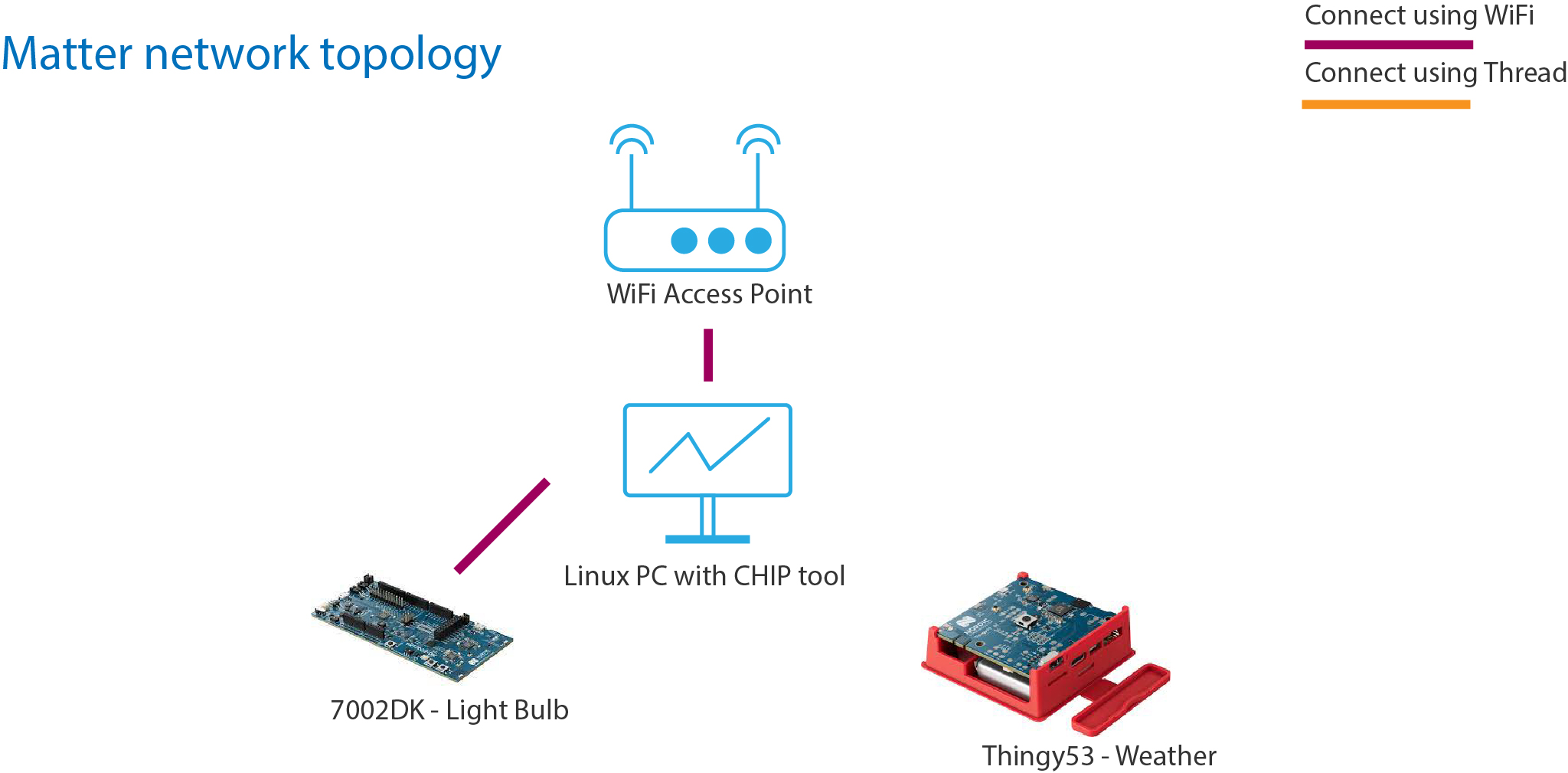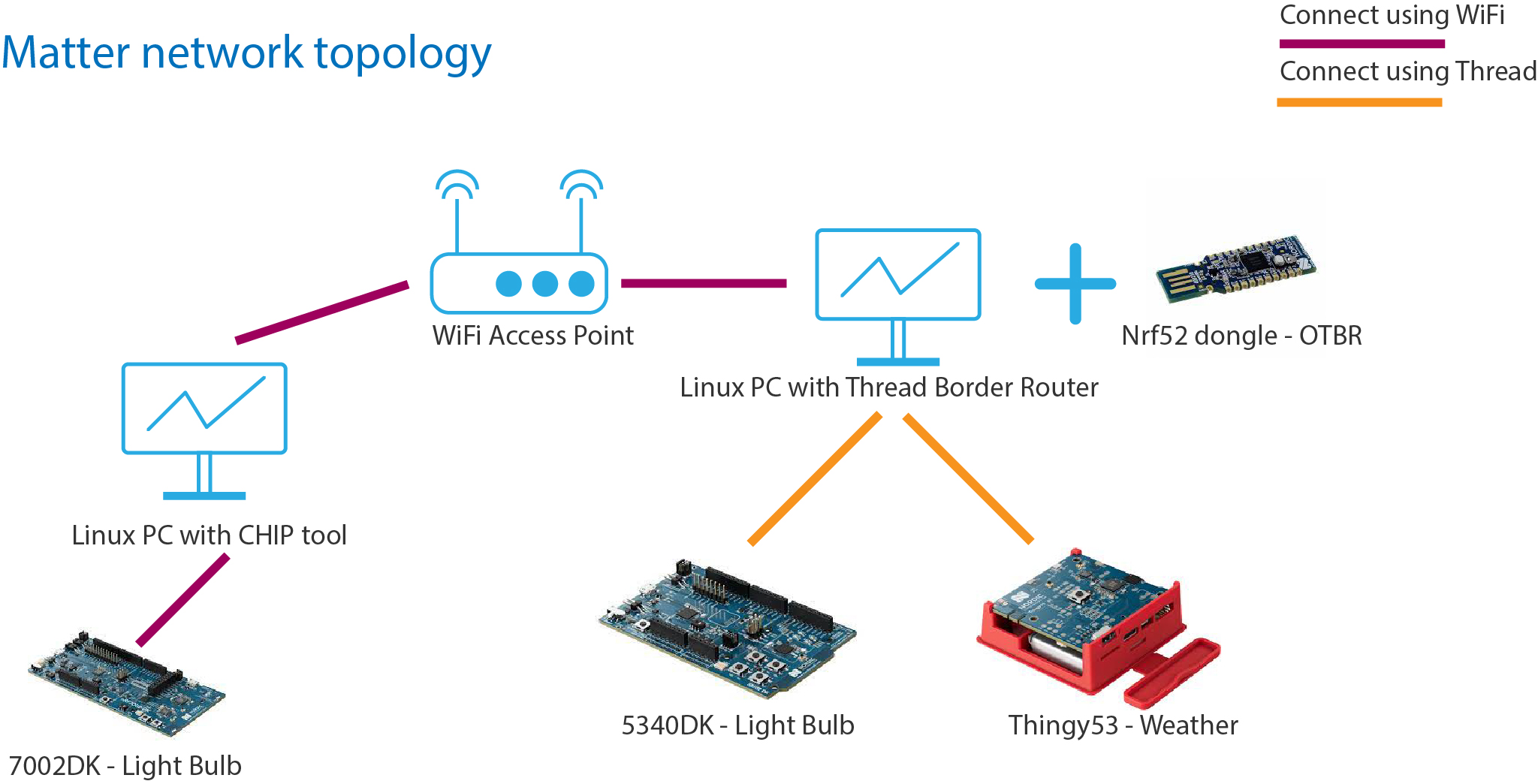This project aims to provide indigenous communities, governments, and individuals engaged in ecological monitoring and biodiversity conservation with user-friendly technology for efficiently overseeing their ecosystems, including forests, lagoons, and bogs.
Utilizing home IoT proves highly advantageous in this context, simplifying the user interface and control of these systems for individuals of varying expertise. Proficiency is not a prerequisite for conducting surveillance; the technology ensures accessibility to a broader audience.
The significance of continuous monitoring and data collection becomes evident over extended periods, spanning months or years. This approach proves invaluable in comprehending seasonal variations and changes occurring over an extended timeframe.
In order to operationalize this vision, we have created a straightforward prototype leveraging the Matter protocol, incorporating both Wifi, BLE, and thread technologies. We believe the Matter protocol is well-suited for this solution, given its capacity to facilitate seamless communication across multiple wireless technologies. Its versatility in extending the network, maintaining security, and ensuring ease of operation makes it a pragmatic choice for the demands of this application.
The operational setup comprises two Linux laptops, 1X nrf700dk, 1X 5340 DK, 1 nrf52 dongle, and Thingy53.
One Linux laptop functions as a chip controller, while the other serves as a thread border router. The chip controller utilizes Wifi to control the nrf7002dk. Simultaneously, through the thread border router running on a distinct Linux machine, the chip tools manage the nrf5340dk and thingy53.
How to get started?Utilizing Matter technology to deploy devices in wetlands, woodlands, or lagoons, an ideal use case involves setting up a weather station. By employing Thingy53, we can harness the power of small solar panels to provide regular updates on weather conditions in targeted regions. The following video demonstrates the process of configuring the Thingy53 for effective weather monitoring.
Which wireless communication option is superior: WiFi, Thread, or Zigbee?In my humble opinion, WiFi stands out. I encountered difficulties getting Thread to function, and the setup for Thread requires more components compared to WiFi. I didn't venture into using the Zigbee protocol, so I can't provide any comments on that.
For WiFi, all that's needed is a single WiFi access point for the system to operate. WiFi boasts an extensive range, particularly in open areas, not to mention a higher bandwidth, making it advantageous for deploying devices in remote forests for monitoring. I found the WiFi system easy to set up and plan to further develop this technology using WiFi.













Comments
Please log in or sign up to comment.